Costa Rican washed Tarazhu Coffee Bean characteristics Story of Kaddura Coffee Variety hand-flushing parameters
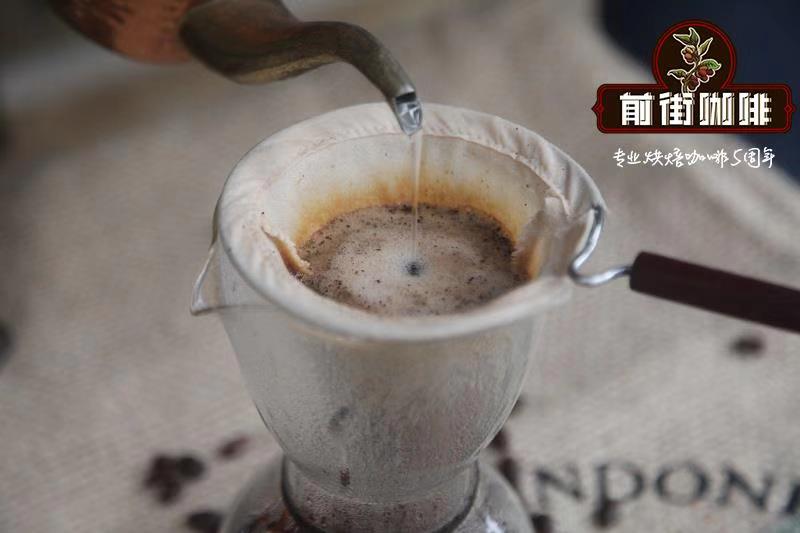
Washed Costa Rican coffee has a bright sour, juice-like sweet and sour taste, with a nutty, black chocolate-like mellow and sticky taste, the overall balance. Costa Rica, which has been treated with honey, has been introduced in Qianjie. Today, I would like to share with you this washed coffee bean from Tara Pearl producing area. Tarazhu is a very famous boutique coffee producing area in Costa Rica, which can basically be said to be the best coffee producing area in Costa Rica. The absolute advantage of altitude, abundant precipitation and other conditions have created good coffee in Costa Rica. How good it is, you'll see!
Costa Rica is located in the Central American isthmus, and is simultaneously regulated by Pacific and Atlantic currents and sea breezes. There are many towering volcanoes up to 2000 meters above sea level in Costa Rica. Coffee berries grow slowly in the fertile volcanic ash soil and cool environment at high altitude, giving birth to coffee beans with complete and rich flavor. Costa Rican coffee has always been regarded as the perfect type of classic flavor, balanced, clean, mild is its tone, has always been a very balanced flavor, very clean, very clear, with berry flavor of the fruit sour. One of the most famous and largest growing areas is Tarrazu, which has the highest latitude and the best climate and soil conditions in Colombia, so Tarrazu is recognized as the best coffee producing area. In addition to the near-perfect classic flavor, it still has a lively citrus or berry flavor in the acidity, while there will be a significant coffee flower aroma in the aftertaste. It is a quiet coffee full of Latin spring breeze.
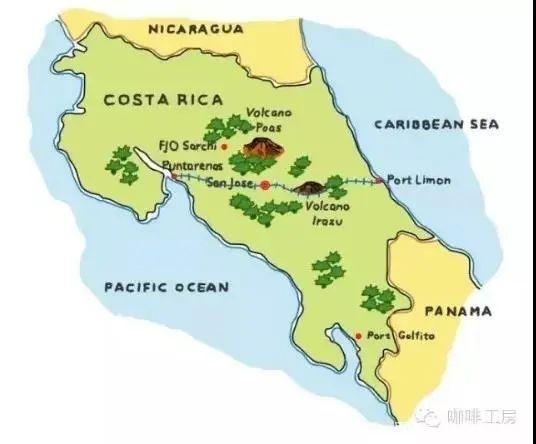
In 1820, Costa Rican coffee was praised by British aristocrats as "golden bean The Golden Bean". The economic value of coffee beans to local residents was as valuable as gold, which implied that it could increase value and profit, and the law only allowed the planting of Arabica. Drinking coffee has become a daily ritual for Costa Rican residents. "Pura Vida" is an idiom of Costa Ricans, meaning "beautiful"!
In 1502 Columbus discovered Costa Rica on his fourth voyage adventure and named it Costa Rica, which means "fertile coast" in Spanish and is one of the best coffee producers in Central America. Excellent volcanic landform, give Colombia the most natural organic fertilizer, fertile volcanic soil and cool climate, the best quality of grown coffee, mild chocolate aroma, sweet, balanced and clean taste, has been popular all over the world. S.H.B. It is the abbreviation of Strictly Hard Bean and is the highest grade in Costa Rican coffee grade. it fully shows that the high altitude of Costa Rica has the rich flavor of fruit acid and stone fruit, and the taste is very clean.
Washing treatment
This is a common way to treat raw coffee beans at present, which uses the method of washing and fermentation to remove the skin, pulp and mucous membrane. Washing method: selecting → to remove pulp → fermenting → washing → drying → shelling → selection and classification.
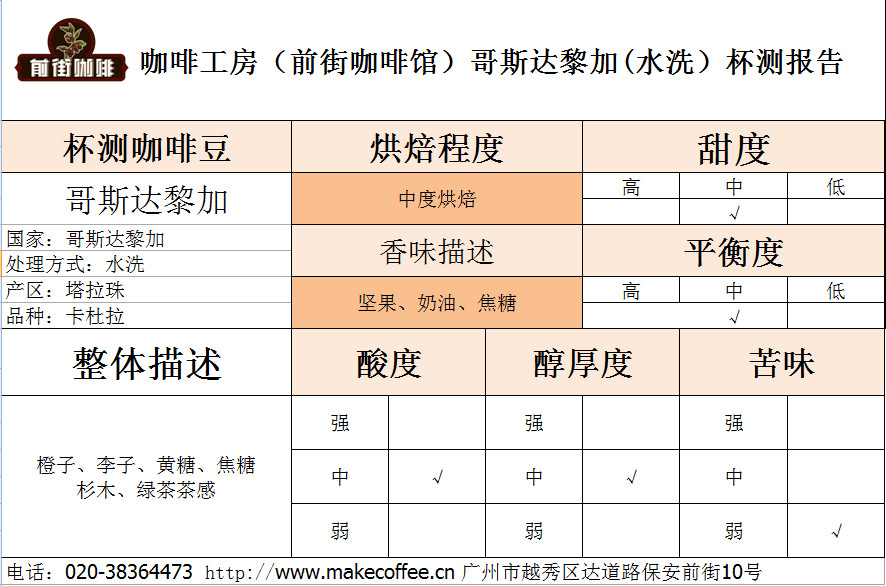
Cup test: obviously feel the flavor is relatively clean, with bright acid and plum, orange, Chinese fir, nut, caramel flavor.
The former Street Coffee in Costa Rica Tara Pearl washing as an example
Producing area: Tarazhu
Altitude: 1200m
Variety: Kaddura
Treatment: washing

Coffee in front of Costa Rica hand brewing parameters V60 filter cup, 15g powder, water temperature 90 degrees, grinding BG-6L, ratio of water to powder 1:15. 27 grams of water steaming, steaming time is 28s segments: the first stage of water injection 27g-105g-88g, the time is 1:50 (stew start time)
Flavor description: the entrance is sweet and sour orange, middle nutty, chocolate flavor is obvious, caramel taste is long-lasting, and with some Chinese fir aroma, the overall balance.
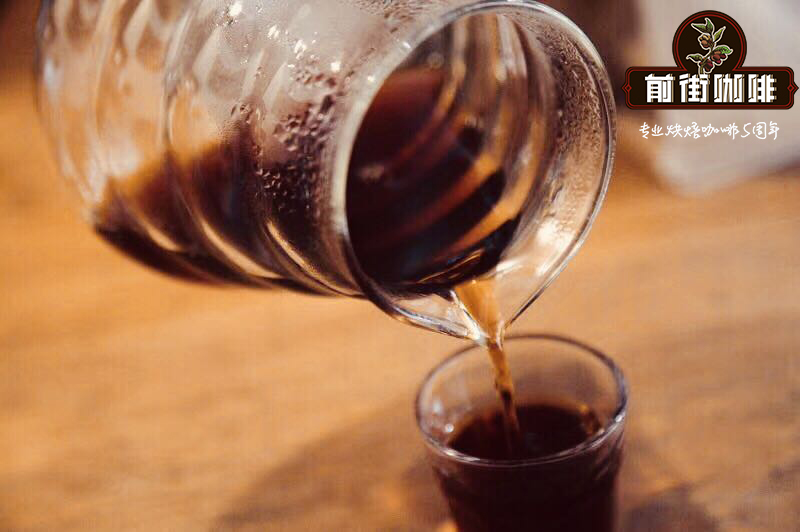
Important Notice :
前街咖啡 FrontStreet Coffee has moved to new addredd:
FrontStreet Coffee Address: 315,Donghua East Road,GuangZhou
Tel:020 38364473
- Prev
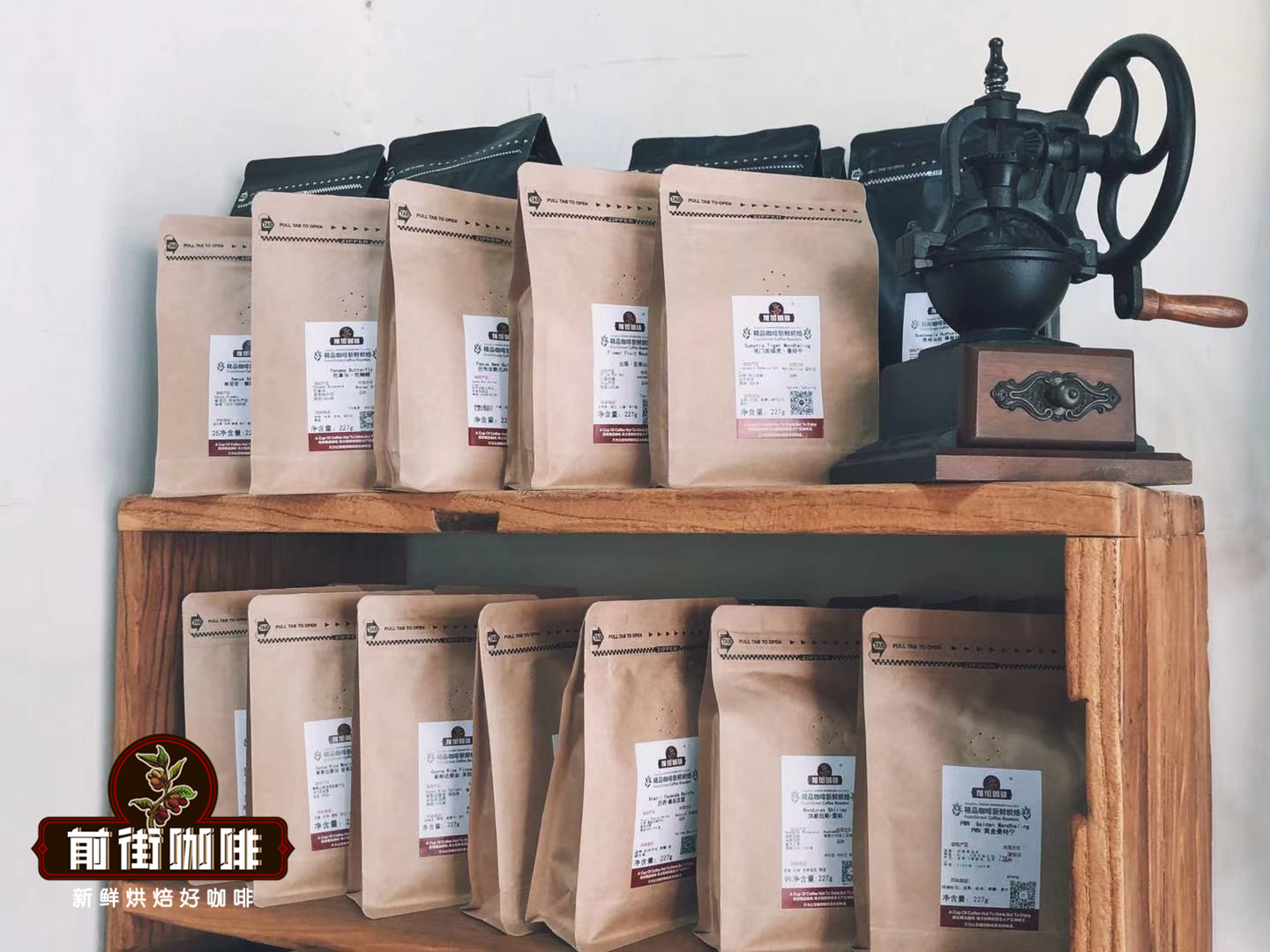
Idido and aricha deal with factory relationship? What are the characteristics of red honey and sunny Yega Chuefei coffee
Professional coffee knowledge exchange more coffee bean information please pay attention to the coffee workshop (Wechat official account cafe_style) the way coffee is grown in Ethiopia is not like an ordinary manor, but farmers grow small coffee trees in their backyards and grow miscellaneous crops such as bananas at the same time. Coffee can be harvested and sold in exchange for cash during the growing season, while other food crops are self-sufficient, according to statistics.
- Next

Differences in flavor and taste between Sidamo and Yejasuffi coffee beans characteristics and stories of Yegashifi coffee beans
Professional coffee knowledge exchange more information about coffee beans Please follow the coffee workshop (Wechat official account cafe_style) there are only ancient excellent native species of coffee in Ethiopia. Ethiopia is the birthplace of coffee, and the mating and breeding between different varieties of coffee over the past thousand years has led to thousands of coffee in Ethiopia today.
Related
- Detailed explanation of Jadeite planting Land in Panamanian Jadeite Manor introduction to the grading system of Jadeite competitive bidding, Red bid, Green bid and Rose Summer
- Story of Coffee planting in Brenka region of Costa Rica Stonehenge Manor anaerobic heavy honey treatment of flavor mouth
- What's on the barrel of Blue Mountain Coffee beans?
- Can American coffee also pull flowers? How to use hot American style to pull out a good-looking pattern?
- Can you make a cold extract with coffee beans? What is the right proportion for cold-extracted coffee formula?
- Indonesian PWN Gold Mandrine Coffee Origin Features Flavor How to Chong? Mandolin coffee is American.
- A brief introduction to the flavor characteristics of Brazilian yellow bourbon coffee beans
- What is the effect of different water quality on the flavor of cold-extracted coffee? What kind of water is best for brewing coffee?
- Why do you think of Rose Summer whenever you mention Panamanian coffee?
- Introduction to the characteristics of authentic blue mountain coffee bean producing areas? What is the CIB Coffee Authority in Jamaica?

